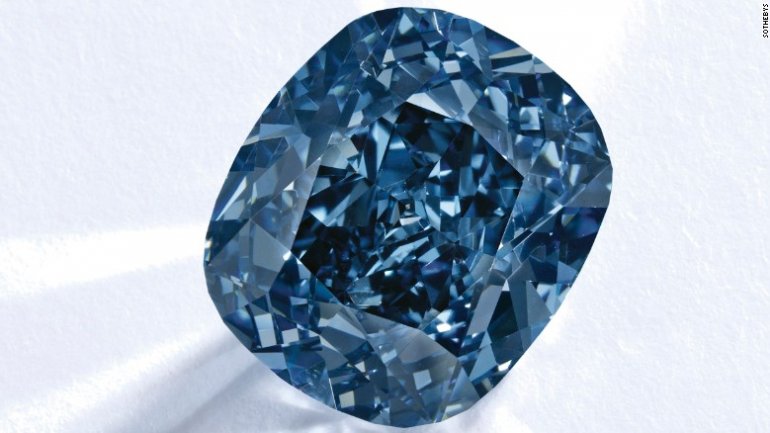Scientists found a new type of water known as Ice-VII in diamonds
 foto: CNN
foto: CNN
Scientists have found a new type of water known as Ice-VII from diamonds deep in the Earth's crust. This type of ice is about 1.5 times as dense as what we're used to (Ice I), with a different atomic composition similar to what's most commonly found on ice moons orbiting Jupiter or Saturn, wrote mashable.com
As the name implies, there are several types of ice that distinguish our common variety of frozen water from Ice-VII, each more dense than the last. Ice-VII has been compressed, with oxygen atoms in a cubic structure as opposed to the hexagonal structure of Ice-I. The necessary pressure to create it can be found on Earth, but our planet is mostly too warm to form Ice-VII, let alone keep it stable.
Diamonds can form up to 400 miles beneath the Earth's surface, but materials trapped within them don't always survive up to the surface.
"Usually the extremely deep minerals that come up to the surface are not stable once they experience low pressures," mineralogist George Rossman told the Los Angeles Times. "They crack and whatever inclusions they had in them are lost. But if a diamond comes up fast enough, it doesn't change."
The scientists in question were looking for a rare kind of carbon dioxide when they discovered this first instance of Ice-VII on Earth. Other known sites of its existence are Jupiter's moon Europa, and Saturn's moons Titan and Enceladus.